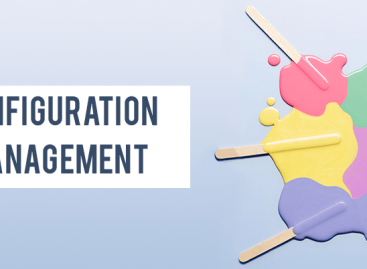- QATestLab Blog >
- QA Management >
- Team Management >
- Avoid a storm in a teacup or how to communicate with remote QA team?
Avoid a storm in a teacup or how to communicate with remote QA team?

Independent testers provide an objective and unbiased quality assessment being uninvolved in development activities. They check product functionality, document an actual result and compare it with the project specification if available. Besides, independent providers have a wide range of different devices, tools, and other technologies that ensure a wide test coverage. Being well-equipped, they cut the expenses on test configuration and accelerate the checking procedure.
Independent testing providers are very flexible in terms of collaboration. They are able to work according to several business models, e.g., time and material, fixed price, dedicated team. Such engagement models as Software Testing as a Service (SaaS), Quick Start, Independent QA, are available.
However, a distant collaboration hides several pitfalls that may affect the productivity of a workflow. They are a poor and unstable communication, lack of process transparency, the absence of trust within the project team, cultural and language barriers, etc. But it is proved in practice, including QATestLab’s experience, that you can avoid all these pitfalls. Otherwise, the market of independent testing would not exist at all.
Communication issues
Based on my own experience of managing various testing projects, I can definitely say that all troubles start with improper communication. Communication is like oxygen for every business. Without a close interaction and regular information sharing, you will not ensure a flawless collaboration. Office-based teams always interact with each other during usual meetings, brainstorming, face-to-face meetings, quick chats at lunch, meeting in a break room. As they are in one building and see each other every day, they communicate with each other permanently. This is an example of synchronous communication.
For remote QA teams to ensure a smooth workflow, three types of communications are obligatory. They are asynchronous communication for teams across different time zones, synchronous communication via special channels and interpersonal communication for long-term projects.
Asynchronous communication is like a back-and-forth information exchange, usually in a written form. It depends on the schedule of both sides: a customer and a vendor. Asynchronous communication is possible due to a number of messaging software and task management systems, for example, Slack, Trello, Skype, Basecamp, GitHub. In case of multiple time zones, a person leaves a note or a comment to a task or in a channel, and the other person responds at a time convenient for him / her. Also, you can communicate by email. But asynchronous communication is not suitable for time-sensitive issues.
The situation when two or more people agree to communicate in real life using particular communication channel is an example of synchronous communication. It happens via video calls, live chats, video meetings or online voice calls. Due to synchronous communication, you can get an immediate answer, quickly clarify any difficulty, discuss issues, and get a fast feedback.
In case of long-term projects, interpersonal communication is a must. You should interact with your remote team face-to-face at least a couple of times a year. This can be different conferences, workshops, events for fun and many other activities that will help to form stronger relationships, resolve problems, and reinforce team spirit.
Recommendations on improvement
The variety of communication channel is not always a benefit. Sometimes project team members may be unsure where to send a new information and start to duplicate it everywhere. This cause time wastes and miscommunications. You should distribute each channel according to communication purpose. For example, Skype for live chats, Slack for messages. In case of different time zones, you should be aware of working hours of both sides: customer and remote QA team. While arranging call or meeting, always mind the difference in time zones. Also, you can use task management tools or share online calendars with the time off pointed.
Office-based team members spend much time communicating during dinner, playing table-tennis or chatting in a kitchen near coffee-machine or water cooler. You should try to create a “virtual table-tennis” where you can talk about different, not related to work topics. The project team should have an online space for sharing content just for fun. This will decrease the feeling of distance between team members.
The development team of one of the projects that I managed sent us funny pictures about estimations and software development procedure. They did that from time to time, so it did not disturb us from the work. Vice verse, it helped to establish close and friendly relationships.
While communicating with other people, we take into account body language, intonation and other signals that can show us the interlocutor’s mood. Written communication can hide a number of pitfalls – people can interpret the same phase in several different ways. You can use smileys or emojis to clarify the tone of the message.
Establishing and specifying communication within the whole project team, you ensure a smooth workflow and prevent misunderstandings that cause time and money loss. To get more, watch our webinar.
Learn more from QATestLab
Related Posts:
- Money Matters: In-House vs. Independent Testing
- Effective Tips for Working with a Remote QA Team
- Keep the Business Operating Remotely: Guides and Hints From COO
About Article Author
view more articles
has 6-year experience in project management, 4-year experience in team management, manages currently simultaneously 8 teams, the largest one is of 8 testers.
View More Articles






No Comments Yet!
You can be the one to start a conversation.